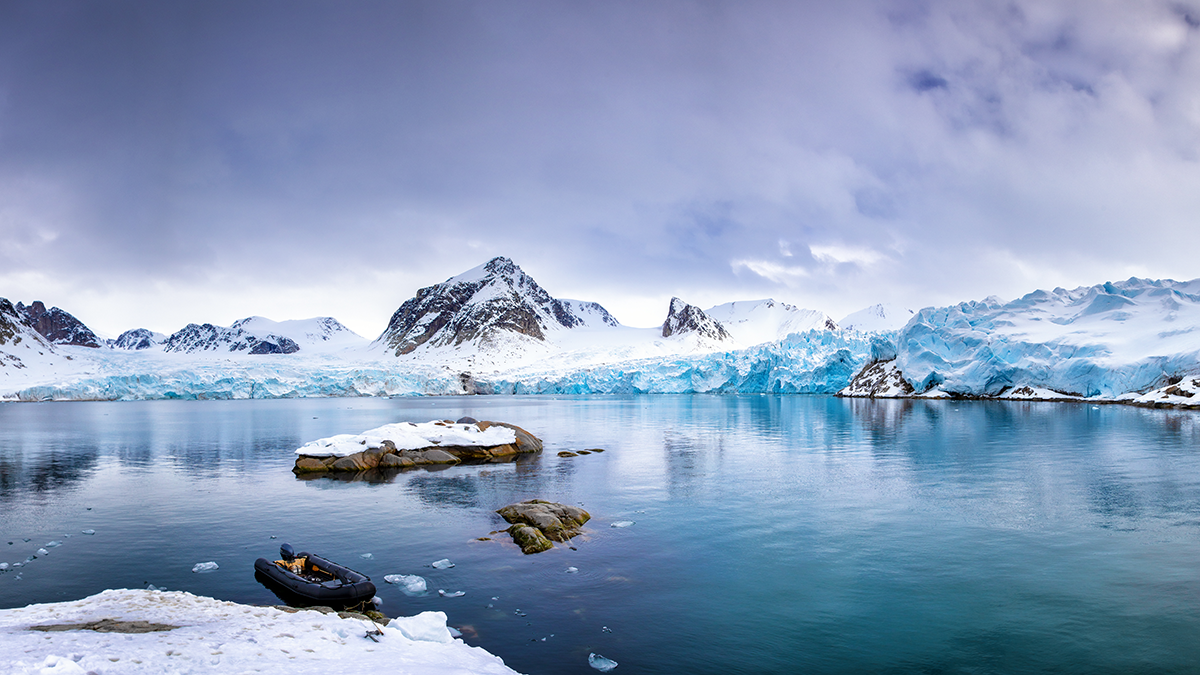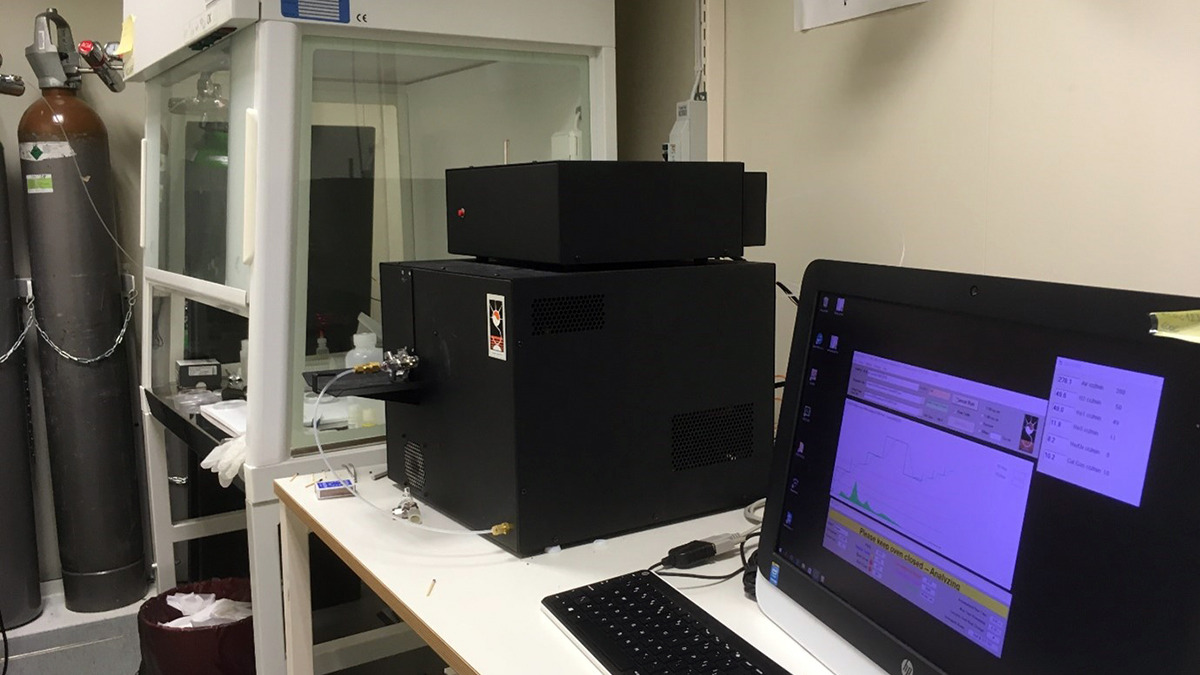New interactive e-book tells about the climatic significance of black carbon in Arctic snow

The books include a story by the Finnish Meteorological Institute’s researcher Outi Meinander on “Black carbon in snow and water in Iceland, the Faroes and Scotland”. The story and its references in the book clarify the climatic significance of black carbon (BC), the methods used, their error sources and uncertainties, as well as how to prepare to the field work and station visits. In the clean Arctic areas, the black carbon concentrations in snow are in general less than 20 ppb (parts per billion), but can vary temporally and spatially due to long-range transported BC and its dry and wet deposition processes as well as due to post-depositional accumulation in snow.
The interactive e-book together with a traditional printed version of the book consist of seven illustrated sections focusing on: different ways of knowing, human impacts on Arctic environments, ecosystem services, minimizing surprises for society, impacts on local and global societies, and ways of working together. The e-book has been developed to provide wider content for the public, students and school children with videos, animations and activities.

The project of “Black carbon in snow and water”, project led by Dr. Outi Meinander, was funded by the European Commission Horizon 2020 H2020 EU-Interact Grant No. 730938. At the home institute of the Finnish Meteorological Institute, the work was carried out at the research group of Aerosols and climate, Atmospheric composition research unit, under Climate research.
Further information:
Senior research scientist Outi Meinander, Finnish Meteorological Institute, outi.meinander@fmi.fi
Meinander O.: Black carbon in snow and water in Iceland, the Faroes and Scotland. In: INTERACT Stories of Arctic Science II edited by Terry V. Callaghan, Hannele Savela and Margareta Johansson, published in 2020 by DCE- Department for Environment and Energy, Aarhus University, Denmark, 134 pp. ISBN 978-87-93129-17-7. doi:10.5281/zenodo.4497683, 2020 (pdf), 2021 (printed), interactive e-book 2021 https://interactsciencestories.org.
